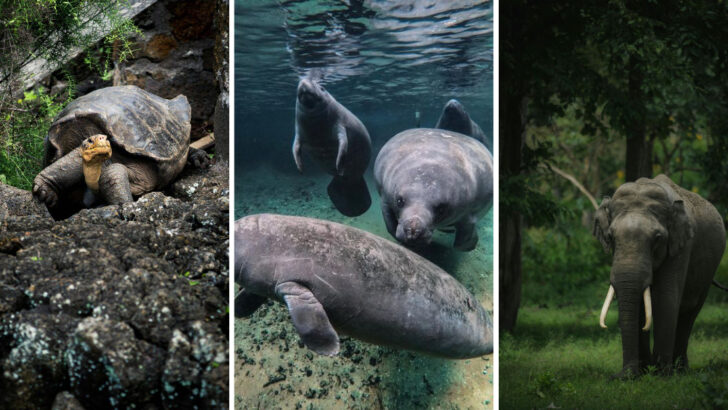Some mammals have been around so long, they’ve outlived empires, glaciers, and even entire species. While most of us measure age in birthdays, these creatures measure it in eras. They’ve survived ice ages, changing climates, and massive shifts in the planet’s ecosystems. And somehow, they’re still with us—living proof that resilience comes in all shapes and sizes. From the ocean floor to mountaintop forests, these mammals carry stories written in survival. Knowing who they are isn’t just fascinating—it reminds us how wild and ancient our world really is.
Bowhead Whale
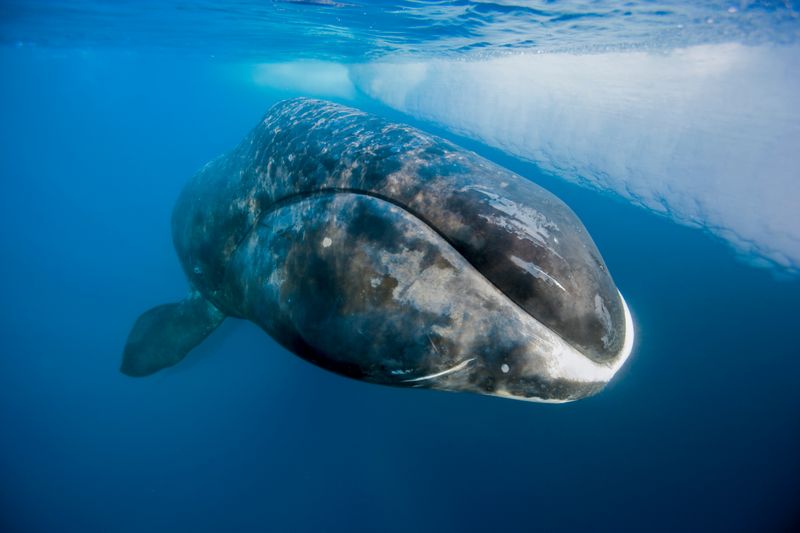
Among the giants of the ocean, the bowhead whale gracefully navigates the icy waters of the Arctic. Not just known for their immense size, these whales are also celebrated for their longevity, living well over two centuries.
Their survival story is one of adaptation, thriving in one of Earth’s harshest environments. These gentle giants possess a unique ability to break through ice with their robust skulls, showcasing their incredible strength.
Bowhead whales serve as a testament to nature’s resilience and continue to intrigue scientists with their mystery and endurance.
Platypus
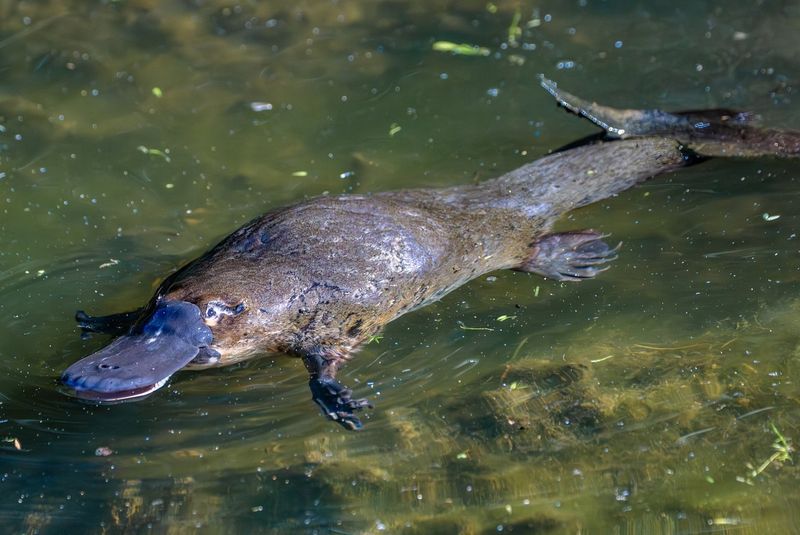
The platypus is an extraordinary monotreme native to eastern Australia. With its duck-like bill, webbed feet, and beaver-like tail, it defies typical mammalian features. What sets the platypus apart is its ability to lay eggs, making it one of only five monotreme species.
Living for up to 17 years in the wild, the platypus thrives in freshwater environments. Its electroreception helps locate prey underwater. Did you know? The male platypus has venomous spurs on its hind legs, used for defense. This unique blend of traits makes the platypus a truly fascinating creature.
Asian Elephant
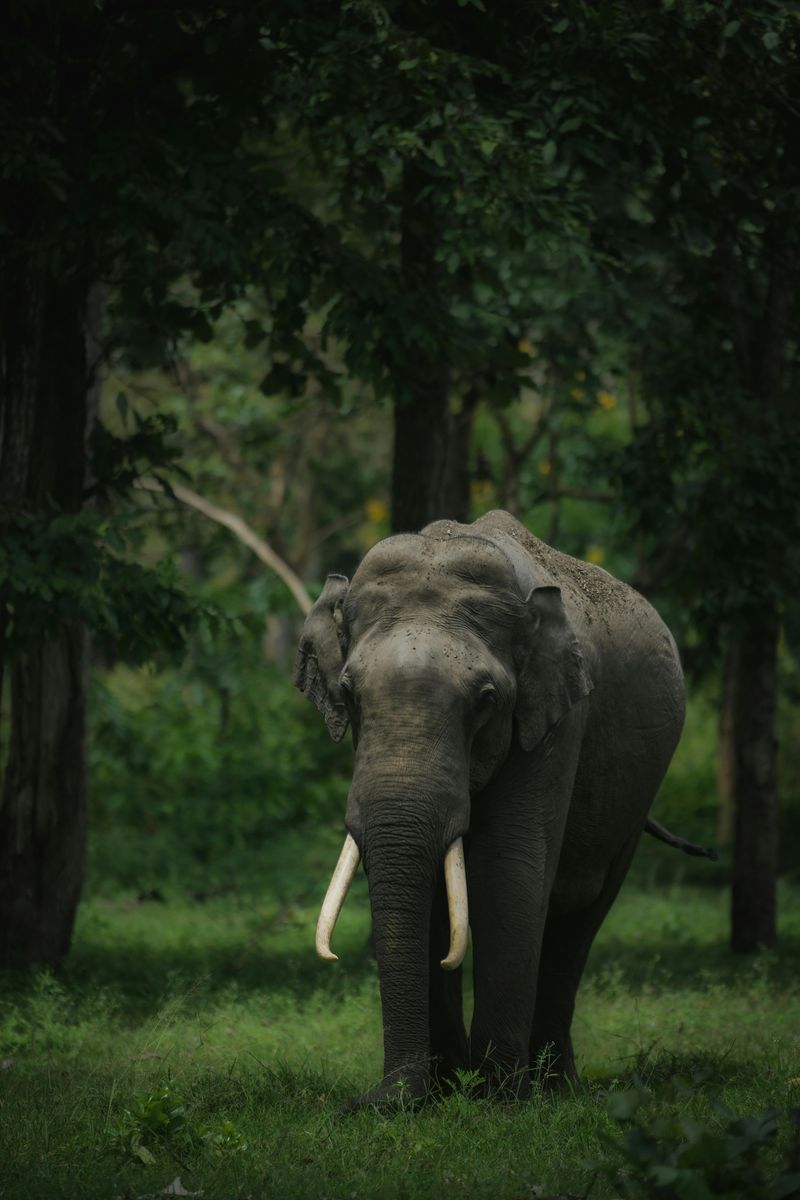
A symbol of wisdom and strength, the Asian elephant roams the forests of Asia. These gentle giants can live up to 80 years, embodying endurance and grace.
Their impressive memory and social bonds are crucial for survival, navigating complex environments. Elephants are known for their intelligence, often showcasing problem-solving skills.
Sadly, they face threats from habitat loss and poaching, yet they persist, reminding us of the importance of conservation. Their ability to form deep familial ties and communicate effectively is a testament to their complex emotional lives.
Bactrian Camel
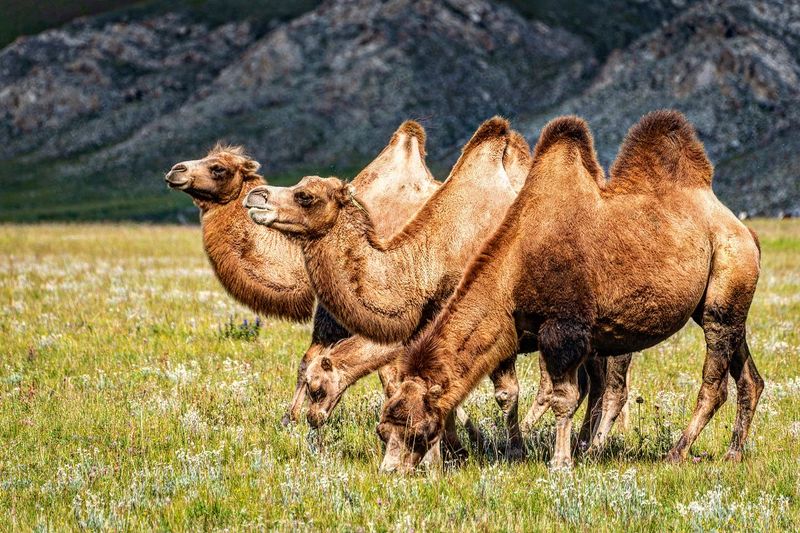
The Bactrian camel, with its two distinctive humps, is a marvel of adaptation in the harsh Gobi Desert. Renowned for its ability to withstand extreme temperatures and long periods without water, this camel is a symbol of resilience.
Living up to 50 years, Bactrian camels are essential to the nomadic cultures of Central Asia. Their wool, meat, and milk are vital resources. Interestingly, their humps store fat, not water, a common misconception. This remarkable creature’s survival skills and utility make it an indispensable part of desert life.
Galápagos Tortoise
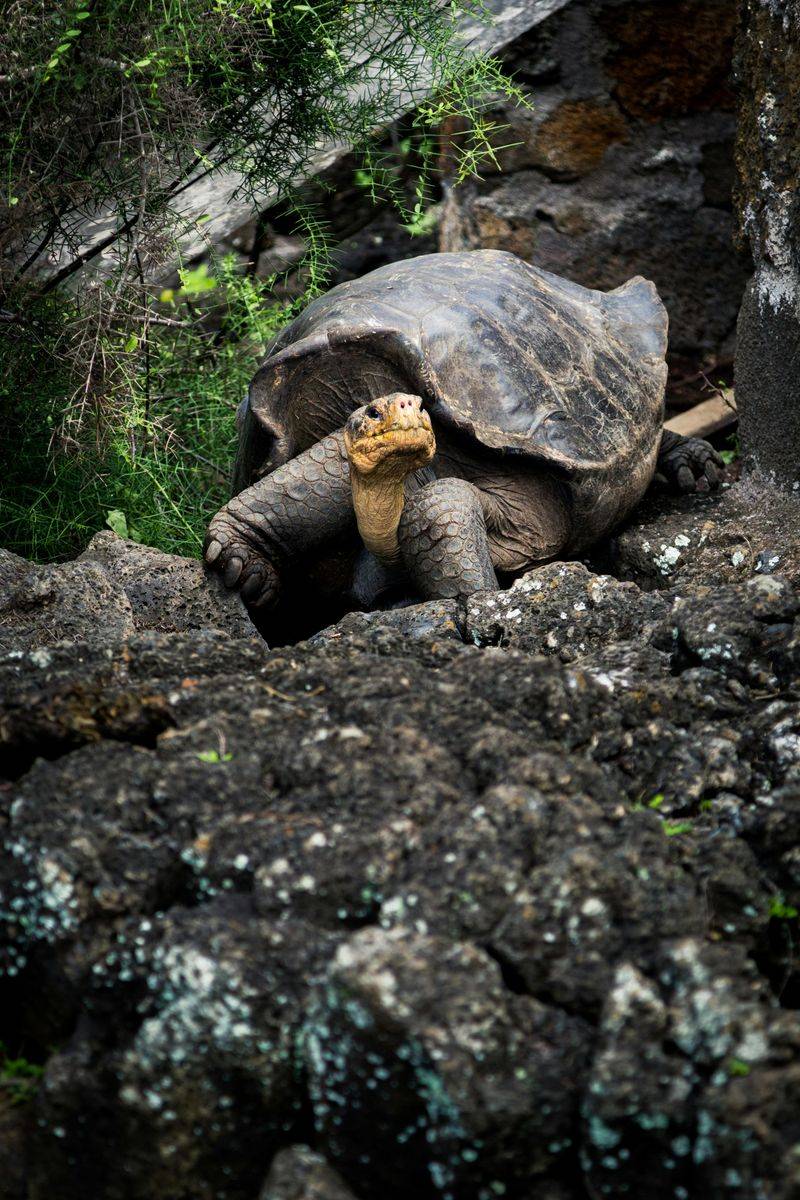
On the sun-drenched shores of the Galápagos Islands, the Galápagos tortoise moves at its own leisurely pace. Known for extreme longevity, these tortoises can live over 150 years.
Their slow metabolism and unique physiology contribute to their extraordinary lifespan. Often seen grazing on grass and cacti, they are a fundamental part of their ecosystem.
These reptiles have become iconic symbols of the islands, highlighting the importance of environmental protection. Their laid-back lifestyle provides insights into the benefits of a slow-paced existence.
Manatee
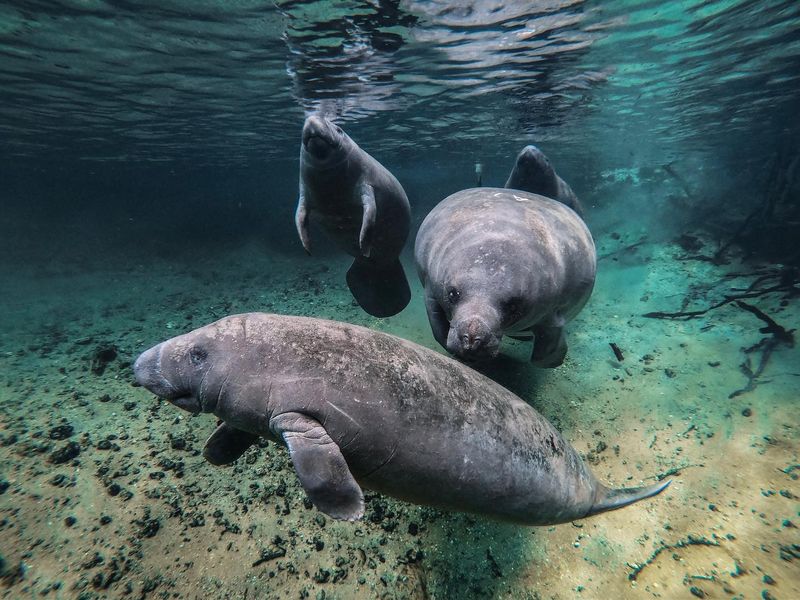
Often referred to as “sea cows,” manatees are gentle giants of coastal waters and rivers in the Americas. Weighing up to 1,300 pounds, these herbivorous mammals graze on seagrass and freshwater vegetation.
Manatees can live over 60 years, with no natural predators but threats from human activity. Their slow-moving nature and playful demeanor endear them to many. Did you know? Manatees’ closest relatives are elephants, sharing a common ancestor millions of years ago. Their peaceful existence and ecological role highlight the need for conservation efforts.
Asian Black Bear
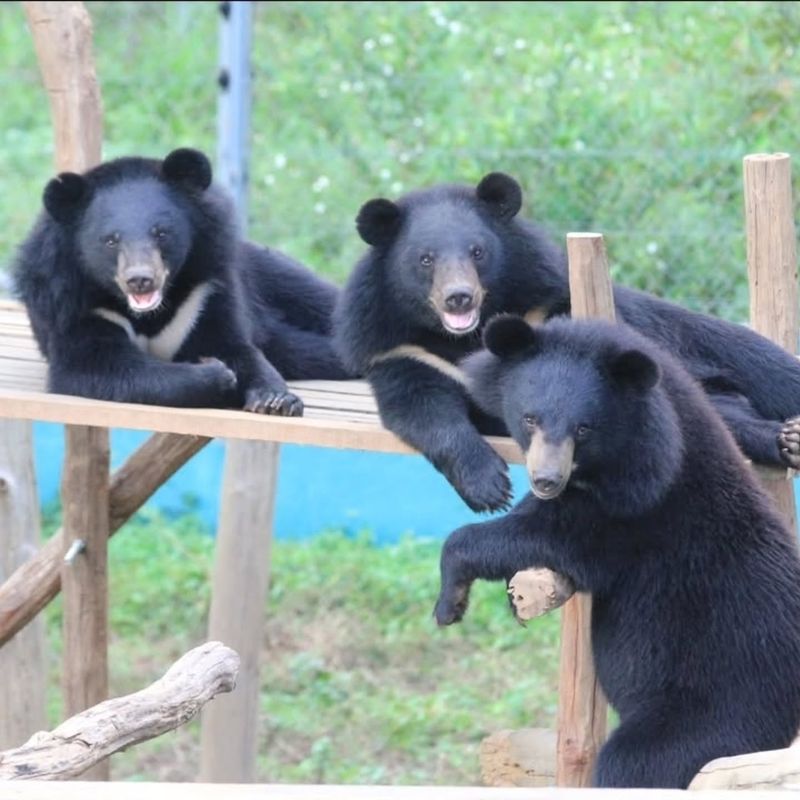
Known for its distinctive white chest mark, the Asian Black Bear, or moon bear, inhabits the dense forests of Asia. These bears are agile climbers, capable of navigating treetops with ease.
Living up to 25 years in the wild, they are omnivorous, feeding on fruits, insects, and small mammals. Unfortunately, habitat loss and poaching threaten their populations. Did you know? Asian Black Bears can stand and walk on their hind legs, resembling humans. This adaptability and the bear’s striking appearance make it a captivating subject of study and conservation.
Greenland Shark
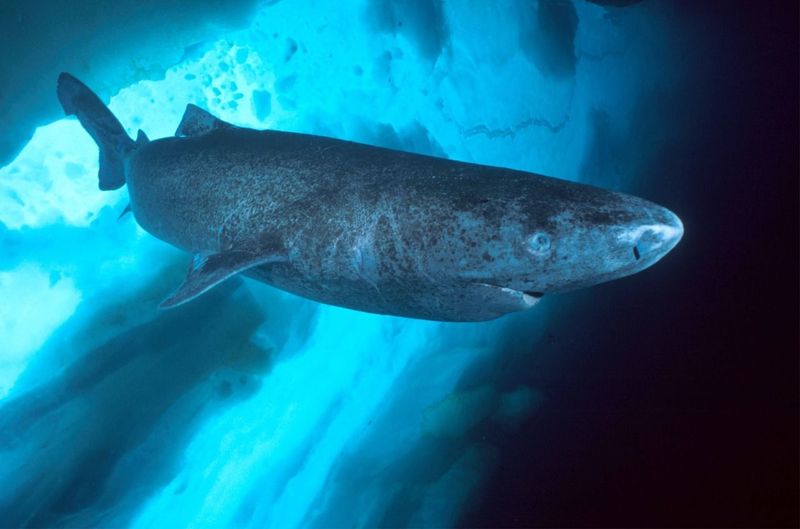
Beneath the frigid waters of the North Atlantic lurks the enigmatic Greenland shark. With a lifespan reaching up to 400 years, they are among the world’s longest-living vertebrates.
Their slow growth rate and late maturity are secrets to their longevity, embodying patience in the depths. These sharks are mysterious creatures, often eluding human observation.
Despite their ancient existence, much remains unknown about their habits and life cycle. They symbolize the vast mysteries of the ocean and the potential for discovery in unexplored territories.
Aldabra Giant Tortoise
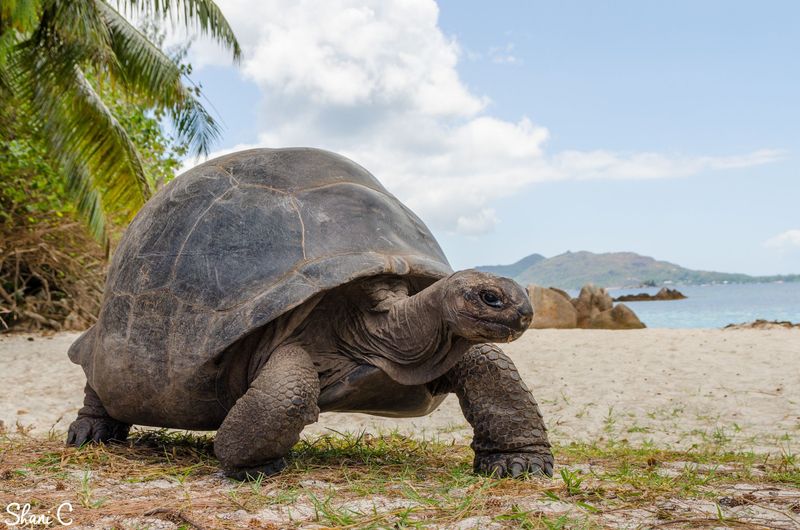
On the remote Aldabra Atoll, the Aldabra giant tortoise ambles through the grasslands. These remarkable reptiles can live up to 120 years, embodying the essence of slow and steady.
Their robust shells and leisurely lifestyle enable them to survive harsh conditions. They play a crucial role in their ecosystem, influencing vegetation patterns.
These tortoises are a living reminder of the delicate balance of nature and the importance of conservation efforts. Their presence on the islands highlights the need to protect such unique habitats.
Rougheye Rockfish

The depths of the North Pacific Ocean are home to the elusive rougheye rockfish. Known for their impressive lifespan, these fish can live up to 200 years.
Their spiny fins and vibrant colors make them distinctive in their underwater habitat. Slowly growing and maturing, they thrive in deep waters, often beyond human reach.
Their existence highlights the complexity of marine life and the wonders of the ocean’s depths. Protecting their environment is vital for maintaining the biodiversity of our oceans.
Tuataras
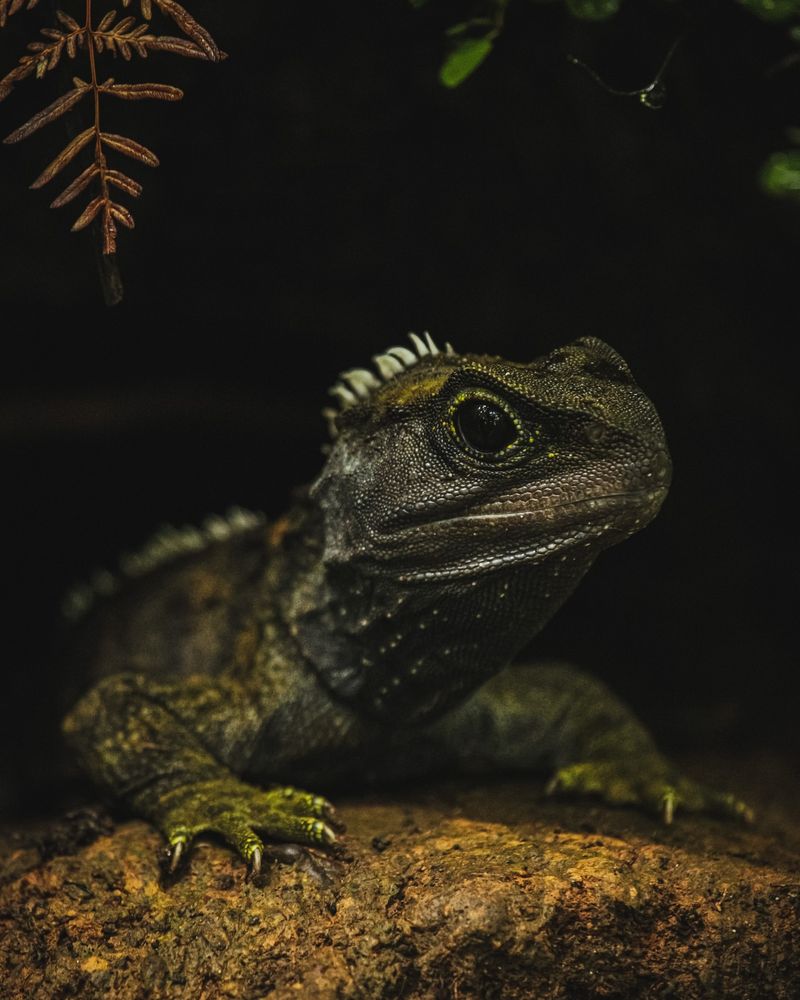
The tuatara might resemble lizards, but they are unique reptiles found only in New Zealand. With lifespans exceeding 100 years, they are considered living fossils, unchanged for millions of years.
Their primitive features and distinct lineage set them apart, offering a glimpse into prehistoric times. These creatures thrive in cool, coastal regions, adapting to a variety of environments.
Conservation efforts are crucial for their survival, as habitat loss poses significant threats. Tuataras remind us of the importance of preserving ancient species for future generations.
Red Sea Urchin
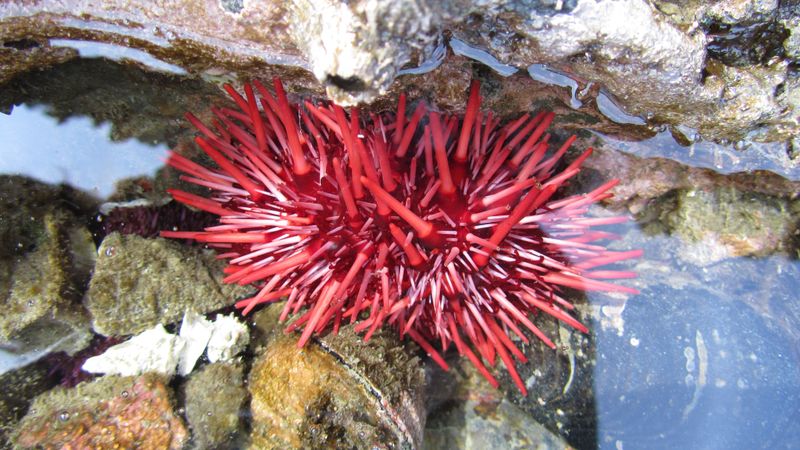
Nestled within the kelp forests of the Pacific, the red sea urchin is a marvel of marine longevity. Living up to 200 years, these creatures are vital to their underwater ecosystems.
Their vibrant color and spiky exterior make them easily identifiable, yet they play subtle roles in their habitat. By grazing on kelp, they maintain the balance of their environment.
Despite their long lives, they face challenges from overfishing and environmental changes, highlighting the need for sustainable practices in our oceans.
Baobab Tree
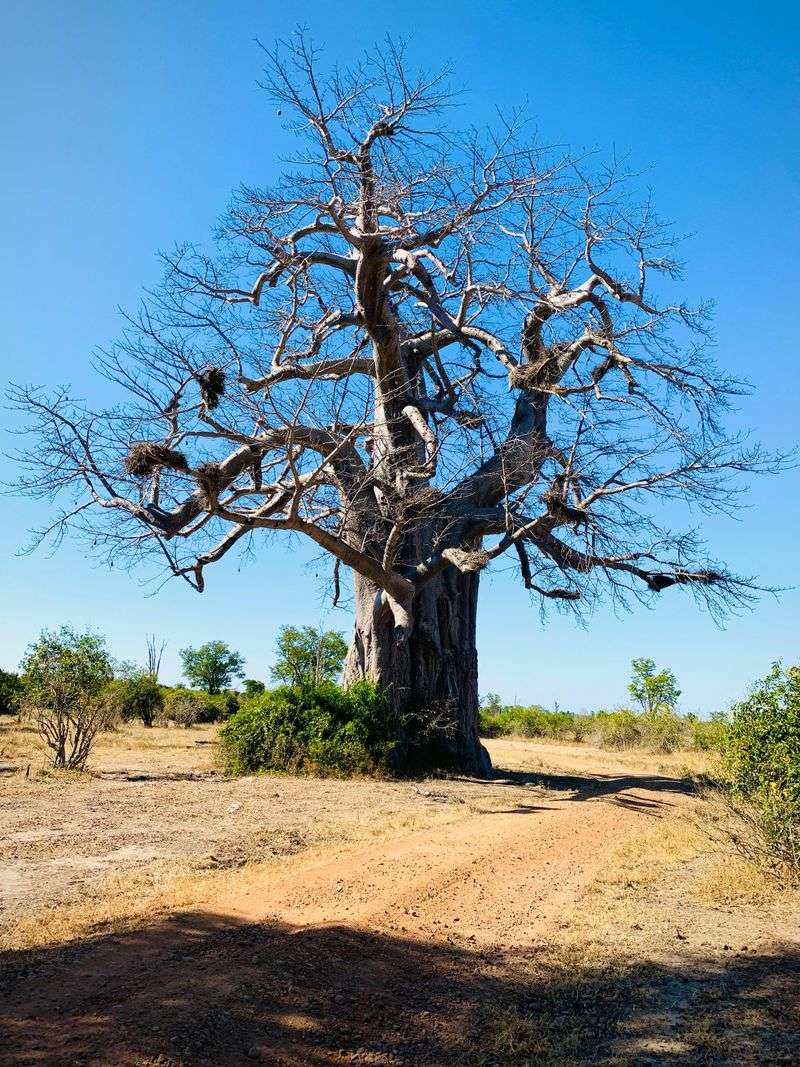
Amidst the African savanna, the baobab tree stands as a resilient sentinel. Reaching ages of up to 1,000 years, these trees are ancient symbols of endurance.
Their massive trunks store water, enabling survival through harsh droughts. While not a mammal, the tree supports countless species, from birds to mammals, creating a micro-ecosystem.
Baobabs remind us of the interconnectivity of life and resilience. Their presence is a call to protect these natural wonders and the diversity they nurture.
American Lobster
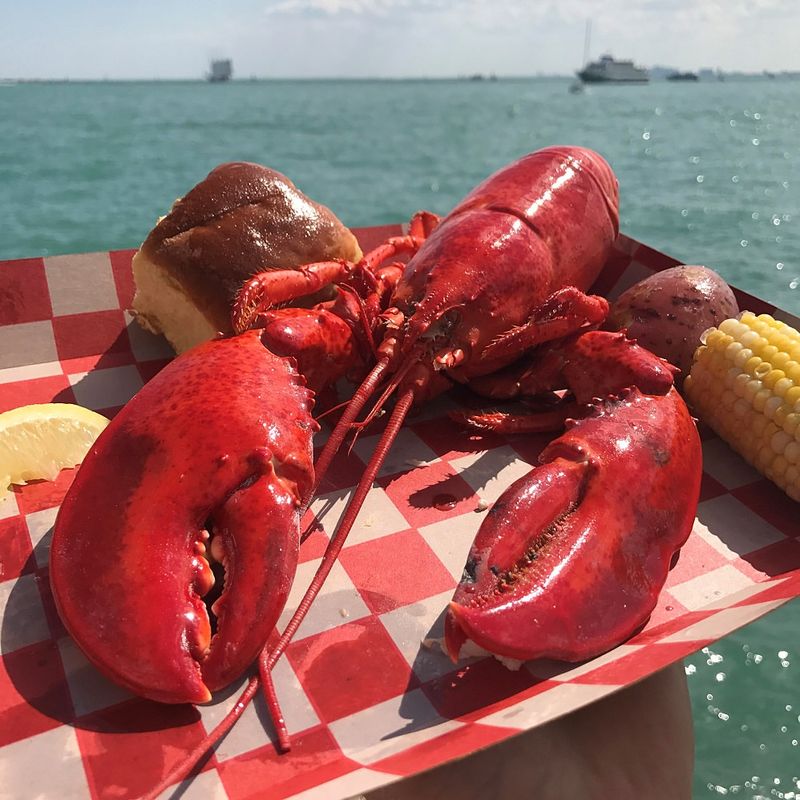
Dwelling in the cold waters of the North Atlantic, the American lobster is renowned for its longevity. Living over 100 years, these crustaceans are marvels of marine life.
Their robust shells and regenerative abilities aid in their survival amidst oceanic challenges. Lobsters are essential to the marine food web, supporting various species.
Challenges such as overfishing and climate change threaten their existence, underscoring the importance of sustainable fishing practices. They highlight the intricate balance of ocean ecosystems and the need for conservation.

